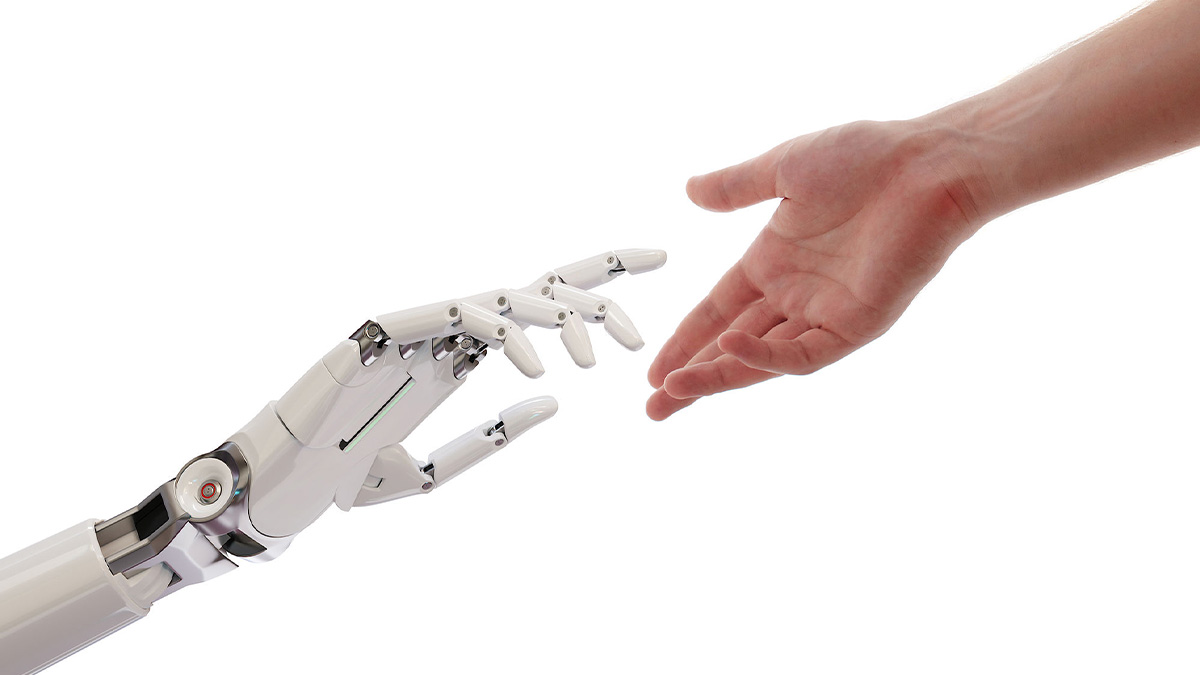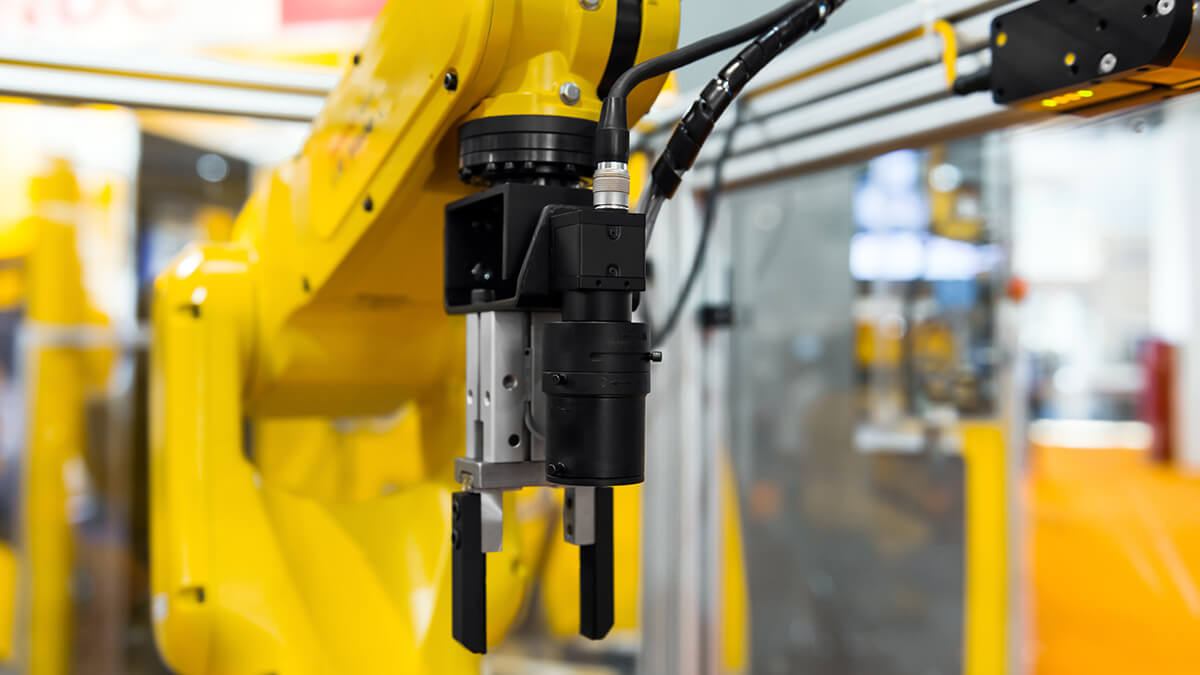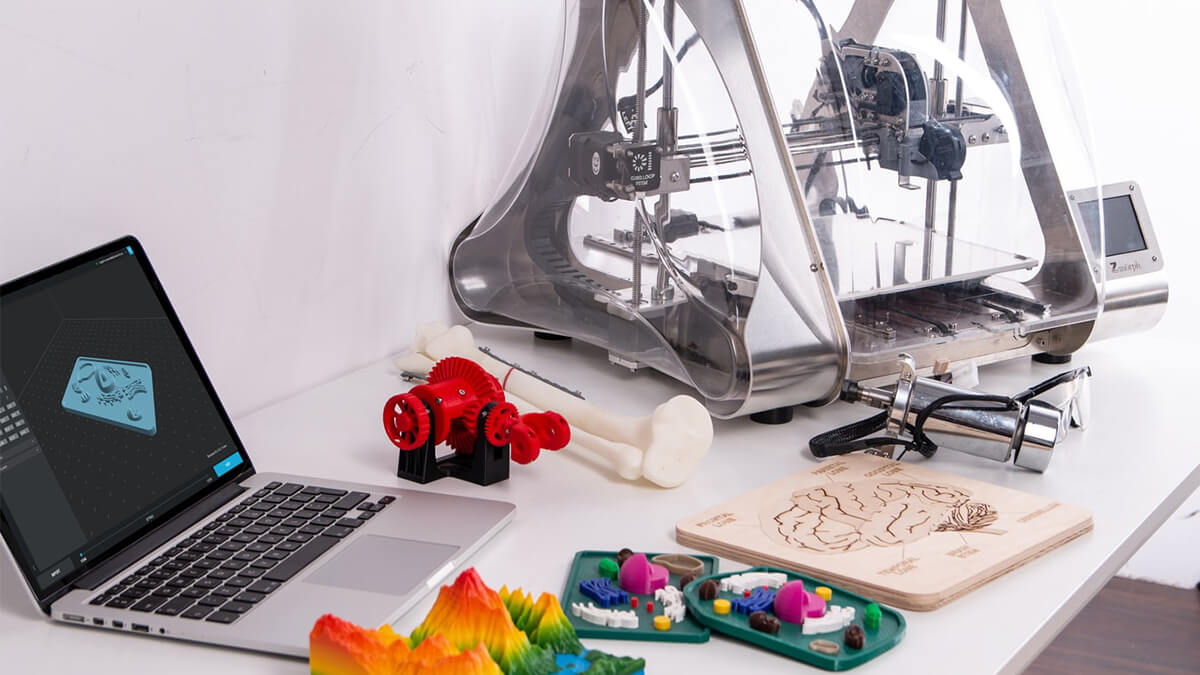Insights
The behavior of robots is frequently modeled as a computational graph, wherein data flows from sensors to computational technology, extending to actuators and then looping back. To enhance performance capabilities, robotic computing platforms need to adeptly map these graph-like structures to CPUs and specialized hardware, such as FPGAs and GPUs.
2023-12-07 10:59:44
In recent years, developed nations have initiated comprehensive power grid upgrade initiatives. In line with its commitment to energy conservation and carbon reduction policies, Taiwan has advanced the implementation of Automated Metering Infrastructure (AMI) as part of its national energy-saving strategy. The plan encompasses the integration of 4G/5G and other communication industries. The noteworthy progress in the development and integration of smart grid applications with 5G communication technology represents a significant industrial advancement deserving of attention.
2023-12-07 10:48:42
Recently, there has been widespread discussion about Artificial Intelligence, Machine Learning, Deep Learning, and Big Data. These technologies find application in various domains such as the financial industry, logistics, business analysis, unmanned vehicles, computer vision, natural language processing, and more, permeating every facet of daily life.
2023-12-07 10:33:16
Over the past few years, plastic electroplating has gained widespread popularity, particularly in the decorative electroplating of plastic components. Among the various types of plastic utilized in electroplating, ABS plastic stands out as the most extensively employed.
2023-12-01 15:17:16
Metal fabricators aiming to venture into finishing processes should familiarize themselves with two prevalent options—liquid and powder coating—along with the prerequisites necessary for a company seeking to employ either or both.
2023-12-01 14:53:18
In light of the evolving global industry demands, the laser industry and technology are shifting their focus towards meeting the requirements of 5G semiconductors and smart vehicle processes. While Taiwan's laser industry has a well-established foundation built over the years, sustaining international competitiveness necessitates a proactive advancement in independent laser technology.
2023-12-01 14:33:34
5G is recognized as a key enabler of Industry 4.0. With its high network speed and low power consumption, 5G facilitates the connectivity of every sensor in the upcoming unmanned factory to the cloud. This connectivity allows for the extraction of data for analysis, ultimately fueling advancements in artificial intelligence.
2023-11-24 15:29:06
The integration of collaborative robots into production has become a pivotal element in the manufacturing chain, enhancing overall production efficiency. These compact collaborative industrial robots are designed to operate in confined spaces, addressing challenges posed by limited working spaces.
2023-11-24 15:13:23
Defects are bound to arise during the reprocessing of mechanical equipment or parts related to metal. As a result, the final item's surface treatment process plays a crucial role, serving the dual purpose of enhancing aesthetics and providing protection. This process not only improves the performance of metal parts but also helps prevent rust.
2023-11-24 15:04:29
As the utilization of 3D printing expands across the broader spectrum of industrial manufacturing, the significance of this technology extends beyond its role as a rapid prototyping tool. This article provides an overview of the applications of 3D printing in the fabrication of molds and dies for processes such as injection molding and die casting.
2023-11-24 14:52:44
Hot Topic
Agree










